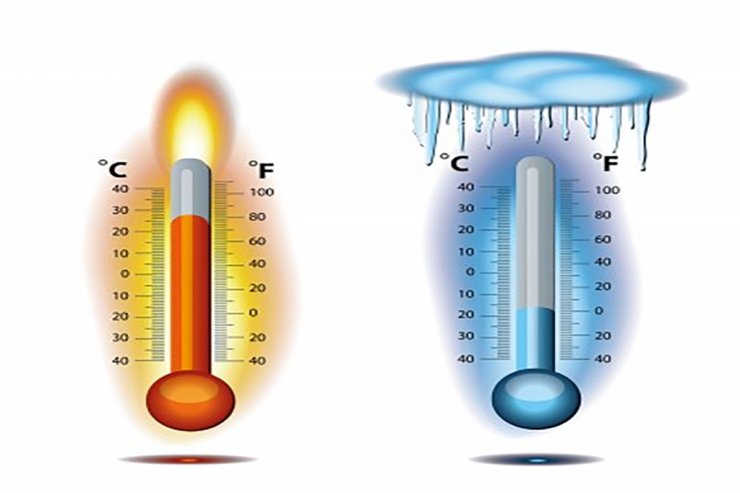Reverse osmosis watermaker systems are generally rated at 25°C. Variations in temperature influence a reverse osmosis watermakers performance for two reasons.
- Water viscosity changes at different temperatures; the cooler water gets the viscosity (stickiness) of the water increases. The reverse happens when the water is warmed.
- The water temperature influences the membrane element. Cold water causes the pores in the membrane to shrink, where as warm water caused the pore size to increase.
The effect of water temperature changes on the permeate flow are as follows:
- For every 3 degrees, the temperature drops below 25°C the permeate output will decrease by 10%, so if you have a 100lph system, at 22°C you can expect the permeate flow to drop to 90lpm. If the water temperature drops to 19°C you can expect a permeate flow of 80lpm.
- For every 3 degrees, the temperature rises above 25°C you will get a 10% increase in permeate flow, but also a 10% increase in TDS readings. So, more output but due to the expanded pore size of the membrane the removal of dissolved solids is decreased.
There is very little you can do about an increase in water temperature, an increase in TDS between 10 and 30% will still produce acceptable drinking water.
The drop in flow rate due to cold water temperatures can be offset to some degree by increasing the running pressure of the system.
For every 5°C drop in water temperature you will need a 15% increase in running pressure to obtain the system rated permeate flow.
For example in an 180lph system if the water temperature is 20°C, you can add 15% (120psi) to the normal 800psi running pressure and continue to receive a permeate flow of 180lph. As the system is only rated up to 1000psi and the pressure relief valve is set to release at 950psi, this is the maximum offset that can be achieved on our systems.
Once the water drops below 20°C you will need to consider that a longer running time will be required to achieve the system rated permeate output.
Note:
Membranes elements have a +-15% variation in different running environments as no membrane is the same and small variations may occur from week to week.


